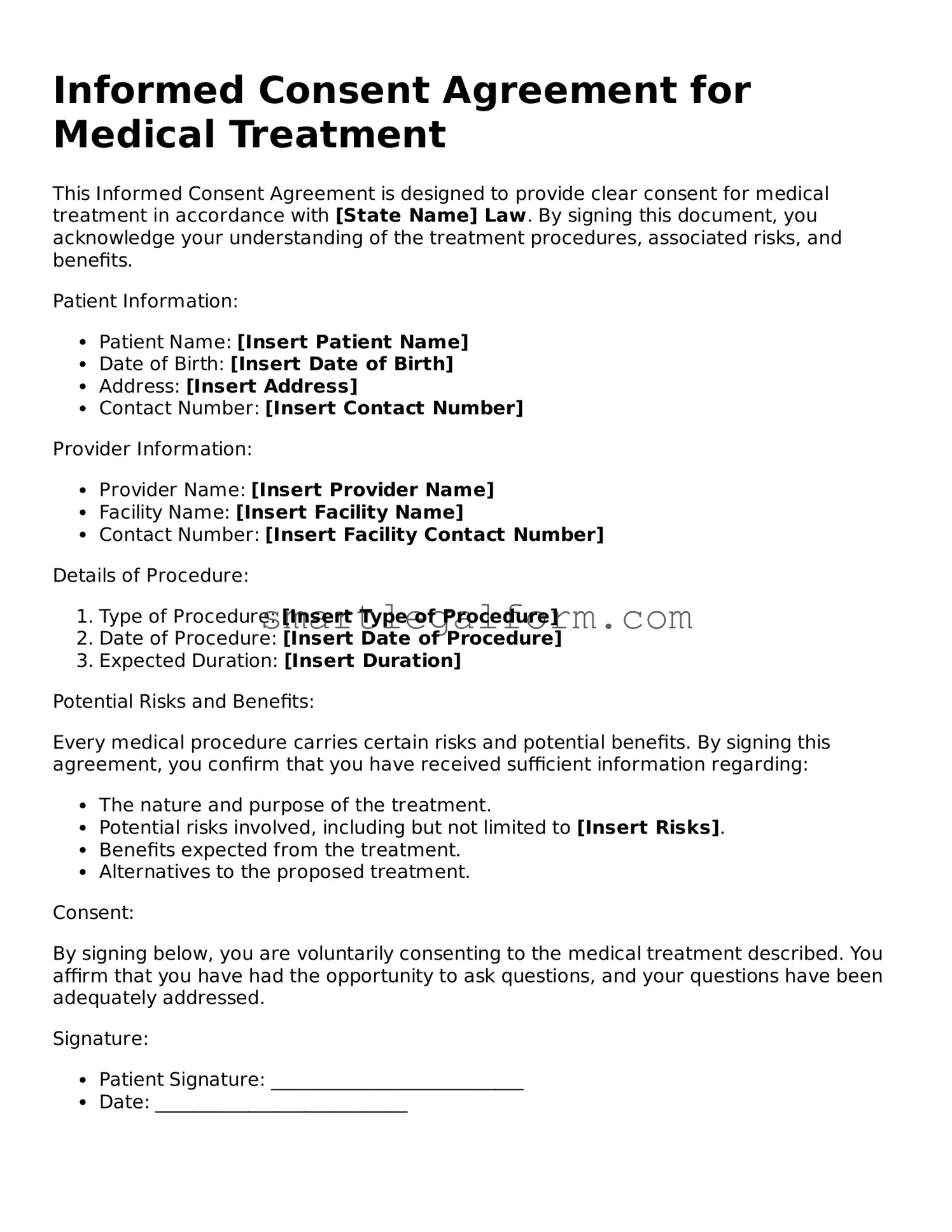Filling out a consent form can seem straightforward, but many individuals make common mistakes that can lead to complications down the line. One frequent error is failing to read the entire document before signing. Consent forms often contain important information about rights, responsibilities, and potential risks. Skimming through the text can result in misunderstandings that could have been avoided.
Another mistake is not providing complete information. Individuals may leave out crucial details, such as medical history or current medications. This omission can affect the validity of the consent and may compromise safety. It is essential to be thorough and accurate when filling out these forms.
Many people also neglect to ask questions if they do not understand something. Consent forms can be complex, and it is perfectly acceptable to seek clarification. By not asking questions, individuals may sign a document that does not reflect their true understanding or agreement.
Additionally, some individuals may rush through the process. Taking time to carefully consider each section of the form is vital. Hasty completion can lead to errors, such as incorrect dates or signatures, which can invalidate the consent.
Another common error is failing to check for updates. Consent forms can change over time, especially in medical or research settings. Using an outdated version of a form may lead to confusion or legal issues. Always ensure that you are using the most current version.
Moreover, individuals sometimes forget to sign or date the form. A missing signature can render the consent unenforceable. It is crucial to double-check that all required fields are filled out correctly before submission.
Some people overlook the importance of understanding the implications of the consent they are granting. Consent forms often outline what rights are being waived or what risks are being accepted. Without a clear understanding of these implications, individuals may inadvertently agree to terms they are uncomfortable with.
Another mistake is not considering the option to withdraw consent. Many forms provide the right to revoke consent at any time, but individuals may not be aware of this. Understanding this right is important for maintaining control over one’s own decisions.
Finally, individuals may not keep a copy of the signed consent form for their records. Retaining a copy is essential in case questions arise later about what was agreed upon. Having documentation can provide clarity and protect rights.
In summary, being mindful of these common mistakes can lead to a smoother and more informed experience when filling out consent forms. Taking the time to read, ask questions, and ensure accuracy can make a significant difference.
